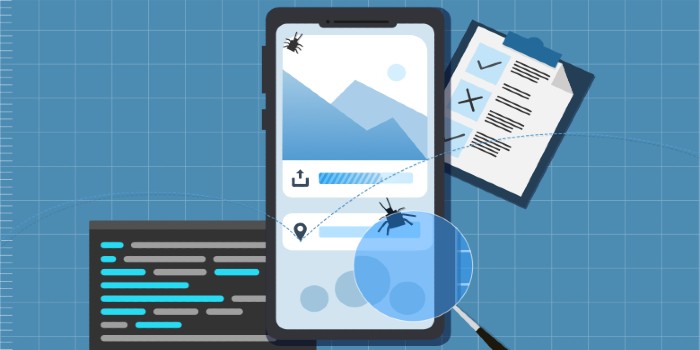
1. Capturing Real-World User Interactions
Automated tests follow scripted paths, but real users rarely do. Manual testing allows QA experts to simulate actual user interactions, revealing insights into app behavior across different gestures, navigation patterns, and spontaneous user actions. This nuanced testing approach brings attention to real-life issues that automated testing might miss, making it invaluable for user satisfaction and app success.
2. Enhanced UI/UX Testing
Manual testing is crucial for validating the look and feel of an app on various devices, from visual elements to interactive components. Ensuring that the app design aligns with the user experience goals is something that requires human insight. QA specialists can identify inconsistencies in layout, functionality, and navigation—ultimately ensuring that the app is visually compelling and functional across devices.
3. Localized Testing for Global Markets
Apps need to adapt seamlessly to different regions, languages, and cultural contexts. Manual testing allows testers to verify localization elements like text, date formats, currency, and cultural relevances to ensure that the app resonates with global audiences. This adaptability can significantly improve app ratings and user retention worldwide.
4. Responsive Testing Across Diverse Devices
With thousands of device models on the market, each with varying screen sizes, operating systems, and hardware specifications, manual testing ensures the app performs optimally on a wide range of devices. Experienced testers can quickly identify device-specific issues, helping to avoid negative user experiences and poor reviews.
5. Identifying Issues in Edge Cases
Not all issues are replicable through scripts, especially those arising from unique or infrequent actions. Manual testing uncovers these edge cases, identifying potential glitches that may arise in unusual scenarios, such as low network conditions, incoming calls during usage, or app transitions. This insight can prevent frustrating user interruptions and enhance app reliability.
6. Human Perspective for Usability Testing
Automated testing cannot fully simulate human intuition, critical for usability testing. QA specialists can evaluate aspects like ease of navigation, visual appeal, and feature accessibility. This human perspective ensures the app is intuitive, enjoyable, and aligned with user expectations—factors crucial for retention and app success.
Conclusion
While automated testing is excellent for scalability and efficiency, manual mobile testing remains essential for delivering a high-quality, user-centered app experience. By incorporating both manual and automated testing, businesses can achieve an optimal balance, ensuring that their mobile applications are not only functional but also user-friendly and ready to meet the demands of diverse audiences.



